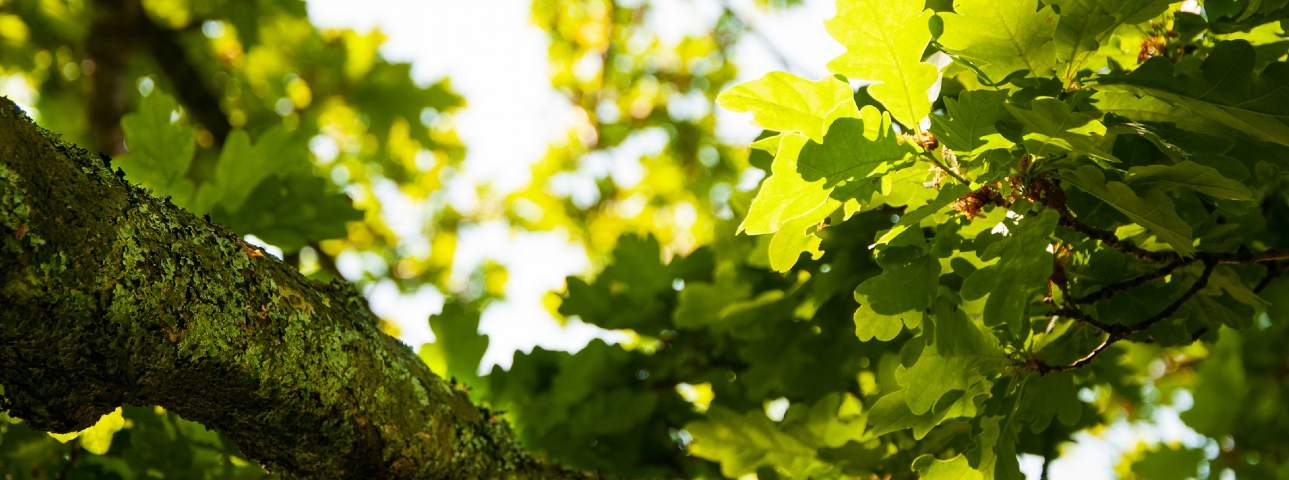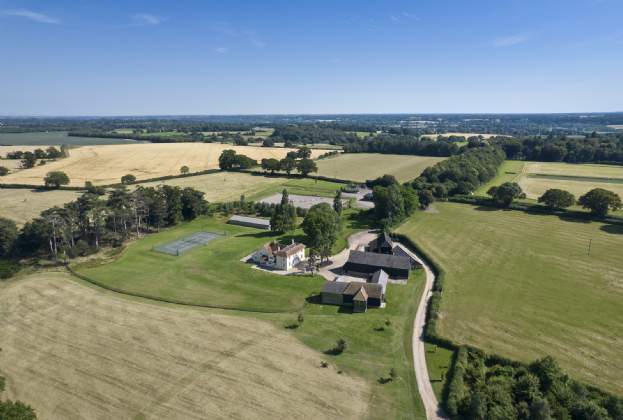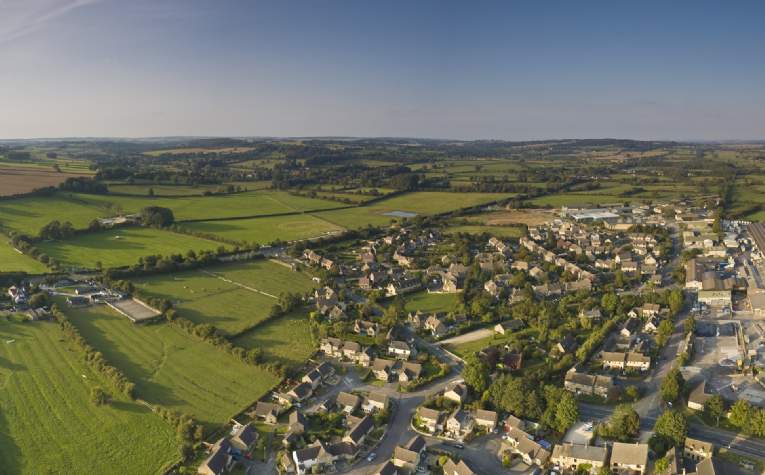This risk is amplified by climate change, which is altering the environment in ways that favour the establishment and spread of these harmful agents.
The risk from climate change
Once known for its predictable weather, the UK is now experiencing milder winters, warmer temperatures, and changes in the timing of the seasons. These climate-related factors increase the risk of tree damage and mortality from a range of pests and diseases; both from within the UK biosphere and also from overseas.
For instance, the warming climate is causing some pests and pathogens not yet found in the UK to extend their range northwards. One example of this is Xylella fastidiosa, a bacterial infection transmitted by sap sucking insects, which has the potential to affect many different tree species. It is currently affecting olive growers in southern Europe.
Warmer temperatures are also enabling some insect pests to have more generations each year, extending the period over which they are active or extending their distribution range.
Diseases such as chestnut blight and pitch canker of pine, which have previously been viewed as issues contained to southern Europe, are extending their northern range as the climate warms. Drought stress is also likely to predispose trees to attack by pathogens and increase mortality.
Imported diseases
The UK has already experienced significant impacts from imported diseases including: the decimation of our native elm through the 1960s and 70s by Dutch elm disease (Ophiostoma ulmi); the current ongoing impact of ash dieback (Hymenoscyphus fraxineus) and the impact of Phytophthora (various strains) across various tree species.
The recent extension of the demarcated zone in southern England for the European spruce bark beetle (Ips typographus) is a further significant worry for our commercial forest industry. This particular disease damages the Sitka spruce, one of the most important tree species used for everything from paper to musical instruments to boat-building.
Eradication and containment programmes come at great cost to tree and woodland owners where financial investment in forestry takes decades to reach fruition. While the government provides some funding options to assist, most of the cost is borne by the woodland owners through the management programmes but also through reduced value in the timber produced.
The cost of the threat
Ash dieback alone has the potential to kill around 80% of UK ash trees at a predicted economic cost of £15bn. Other diseases like acute oak decline are causing our native oaks to decline at an unprecedented rate. The Asian longhorn beetle, a killer of broadleaf trees, also poses a high risk of being imported on wood packaging.
The increasing number of pests and diseases attacking trees in the UK is having a real impact on our woodland and wildlife. It is essential that appropriate measures are put in place to increase resilience. The health of our trees is not just a matter of aesthetics or ecology; it is a matter of national importance and we need to act now.
Proactive woodland management
Appointing an experienced arboriculturist to undertake a tree condition survey to review existing stock is a good place to start.
Prevention is always better than the cure so we would advise sourcing any new trees and hedgerow plants from reputable UK suppliers who are accredited under the Plant Health Certification Scheme or have passed a Ready to Plant assessment.
Proactive woodland management can also go a long way in helping to prevent or control the threat and, where necessary, getting advice on remedial works including replacement planting and woodland creation will help to secure the future of our forests.

.jpg)

.jpg)
.jpg)
.jpg)
.jpg)
.jpg)

.jpg)
.jpg)